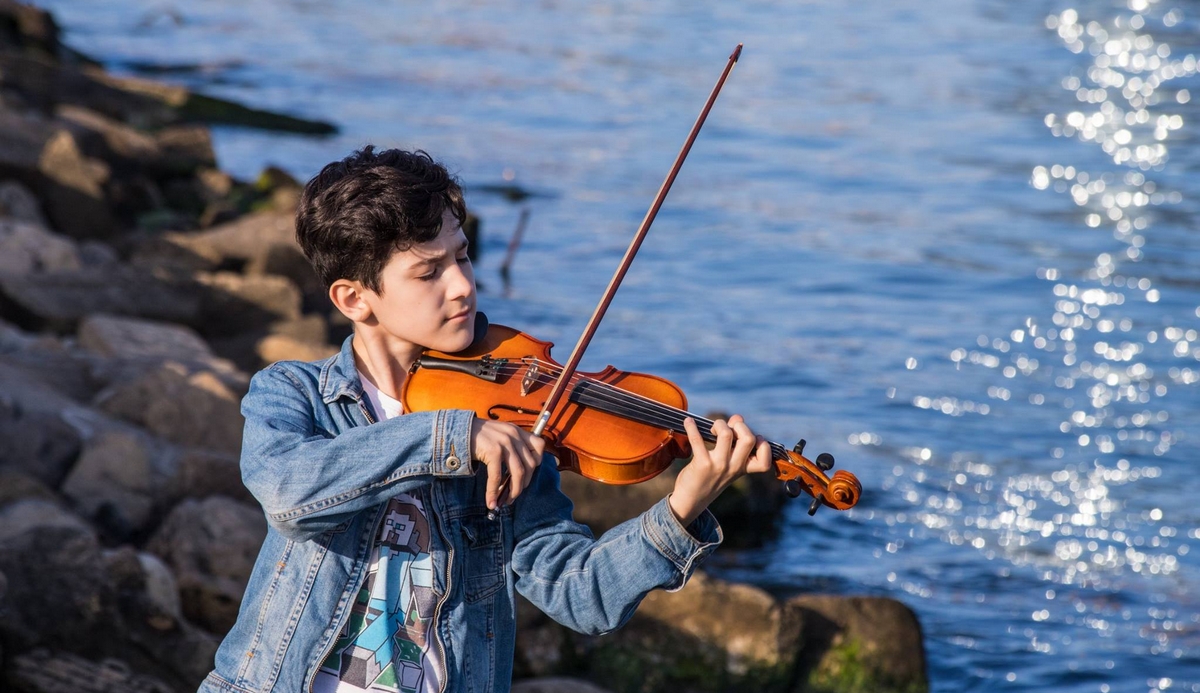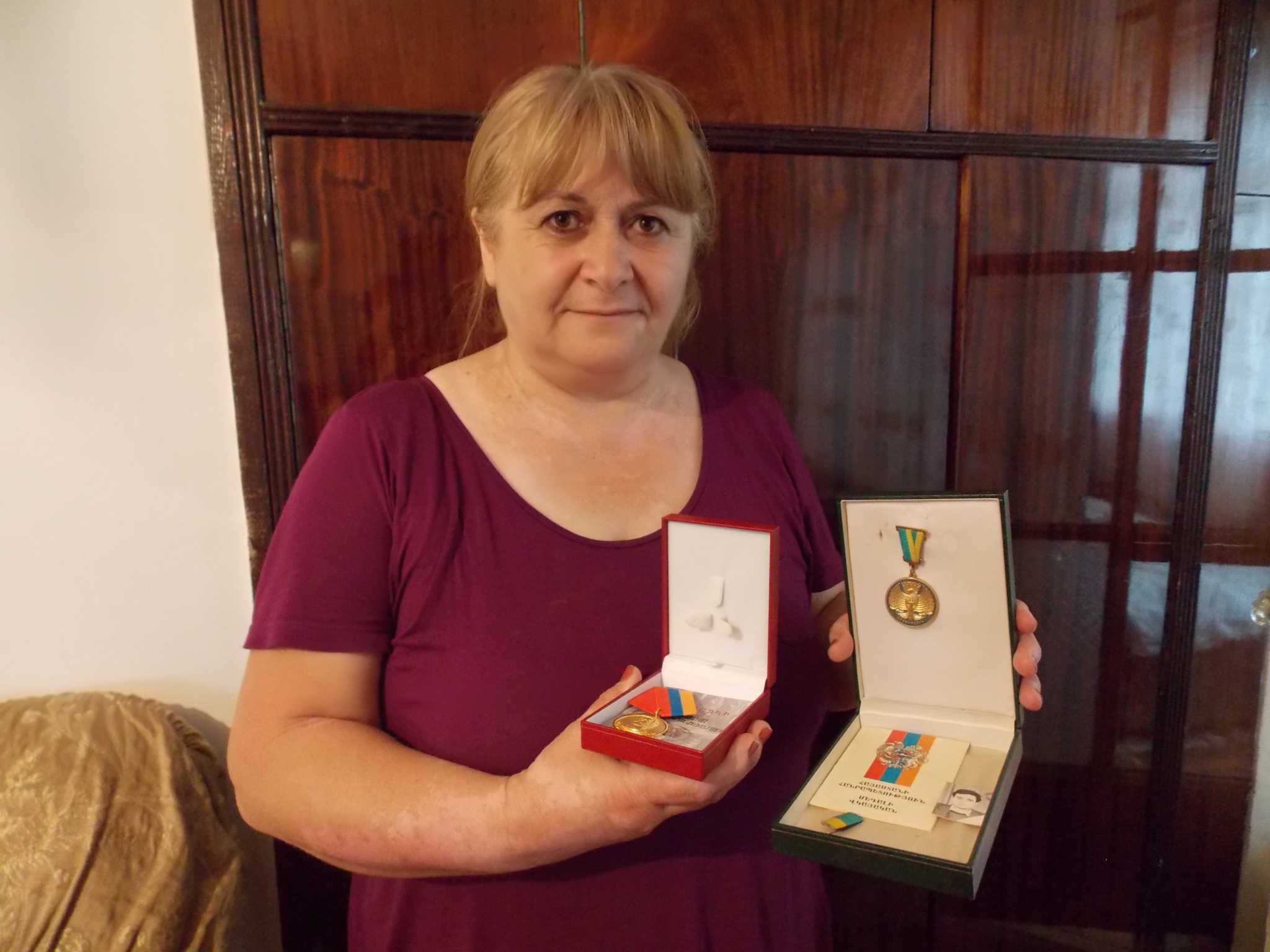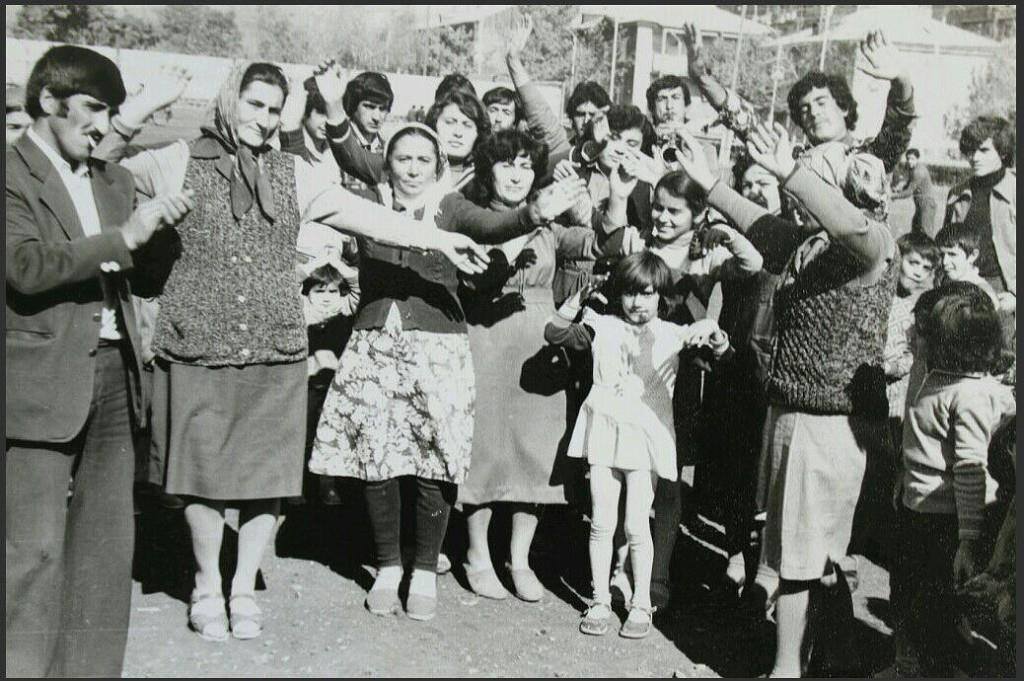Following the Tracks of Soldiers’ Boots
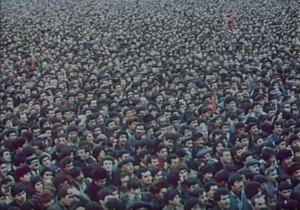 D
D
ocumentaries about the conflict in Nagorny Karabakh were being made, even before the tensions erupted into war. Short films were created about the demonstrations in Baku, where every day, almost half a million people would flood Lenin Square (nowadays known as Freedom Square). Initially a reaction to the rising tensions between Armenians and Azerbaijanis, the demonstrations later took on an anti-Soviet tone. Made by Yaddash studio, one of these films, ‘Meydan’, provides a record of the events of those times.
In some ways, the work of a documentary filmmaker was perhaps easier in those days. It was simply a question of showing what was occurring, of attempting to capture on film that crucial turning point. Directors making films years after the ceasefire agreement, however, experienced far more trials and temptations. Each of them would have to find a way to balance patriotic sentiment, historical truth and the interests of producers.
 O
O
ne story could easily have been used to make an action-packed adventure film. The real outcome, though, was very different: a documentary about the Azerbaijani fighter pilot Vagif Gurbanov. In 1992, the Azerbaijani Army was in dire need of military hardware. Gurbanov was able to provide it with an entire aircraft – in those days, a real treasure. Together with a number of other soldiers, he hijacked a Su-25 attack aircraft from the Russians at Sitalchay airfield in eastern Azerbaijan.
The news quickly spread to Baku, but sounded so wildly improbable that it was not widely trusted. To this day, many see the story of the hijacked plane as romantic legend, rather than historical fact. Gurbanov, however, was flying this very plane when it was shot down in July 1992.
Journalist Asaf Guliyev spent 12 years gathering information to make a film about Gurbanov. Even when this was done, he was not totally happy with the result. He had been unable to interview the man who had organized the hijacking operation: the man had refused to talk to him. Many years later, Guliyev was able to talk to the man, which allowed him to complete the picture – if only for himself.
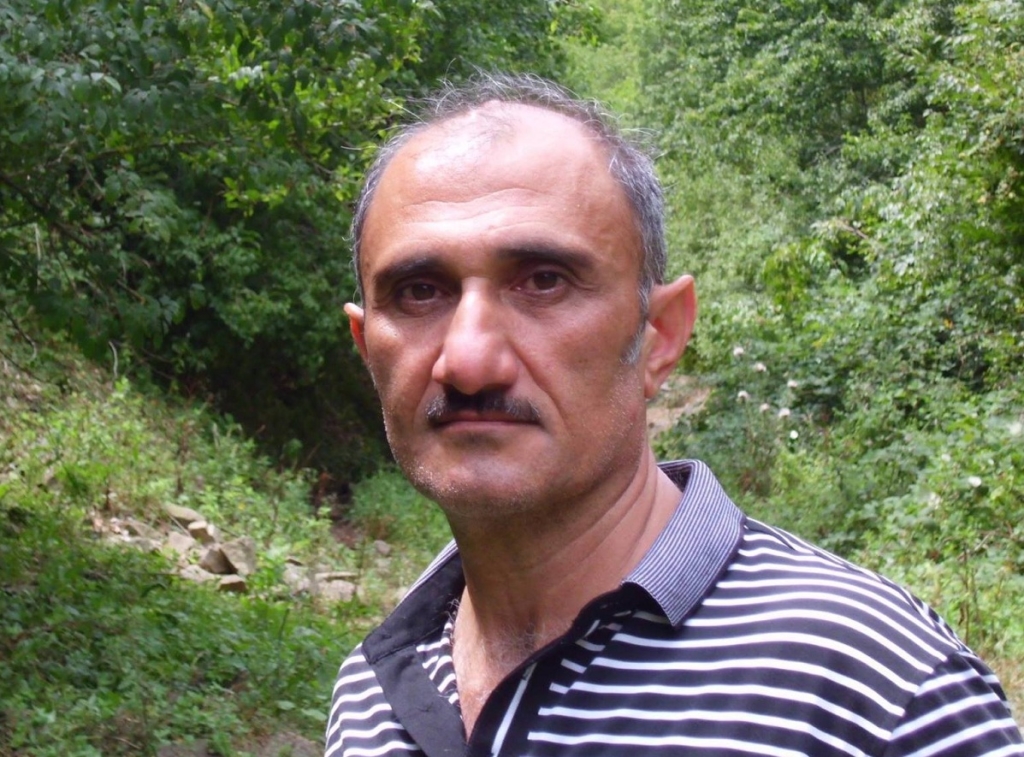
Having created many films about the conflict in Nagorny Karabakh, Asaf Guliyev says there are two main difficulties in this task.
Firstly, most of the people featured in the films tend to present themselves as heroes or victims. Establishing to what degree this is the case, can be extremely difficult.
‘Even with my experience, I could not say for sure that I have never been wrong on this count,’ Guliyev admits.
Secondly:
‘After showing all those horrors, the blood, the deaths, in theory, you should show who was responsible for them. That way, viewers would know who to direct their hatred and anger at. But if I portray Armenians as the guilty party, and some Armenian journalist, in turn, makes it out to be the fault of the Azerbaijanis, there will never be peace between our nations. So what does one do? Where does one direct the hatred of the audience? In my opinion, the hatred should not be directed at people, but at war itself. The war is responsible for all that happened, and it is the war that should be hated.’
‘Neither War, Nor Peace’ was created by Asaf Guliyev together with his Armenian colleague Vaagn Antonyan. The plot of this film is not unlike a detective story: a pair of old boots enabled the journalist to learn about a soldier, who saved a family of strangers during the Khojaly tragedy.
During the storming of Khojaly, Eliana Gumbatova and her son were taken prisoner. They were able to escape and hide in a forest, where they were later found by Azerbaijani soldiers. One of them, Samir Abdinov, gave Eliana his boots. They brought her to their headquarters, where an ambulance was able to take her to hospital.
For ten years, the Gumbatov family kept Samir’s boots, hoping to return them to the soldier one day. Eventually though, they found out that he had died 12 days after they had met.
For Asaf Guliyev, the actual process of working with a partner from Armenia was even more interesting than the stories of the characters in the film. At one point, the whole project had been in danger of being called off, but finally, the journalists were able to reach an agreement.

Scene from the film ‘On the Eighth Kilometre’ by Nailya Babayeva and Armine Martirosyan. Following the lives of mixed Armenian-Azerbaijani families, the film was made as part of the peacebuilding project Dialogue Through Film. With the support of the British NGO Conciliation Resources, it features young people from Nagorny Karabakh and Azerbaijan. Joint documentaries about Nagorny Karabakh have been made as part of a number of international projects, although they are still a rare occurrence.

The short film ‘Thirteen Years Later’ tells the stories of residents in a hostel for IDPs.
Dialogue Through Film

Download’ is the story of a young Azerbaijani. Becoming engrossed in virtual online battles with Armenians, he loses all sense of reality.

Scene from the film ‘Echo of Sumgait’ by Davud Imanov. In 1988, the Azerbaijani town of Sumgait saw ethnic clashes, which left dozens of Armenians dead. To this day, Armenia and Azerbaijan cannot agree on the number of deaths, or on who was to blame. In his film, Davud Imanov blames the CIA.
Turning to professional filmmakers, one studio known for its films on the Nagorny Karabakh conflict is Yaddash (‘Memory’). Established in the early 1980s, from the very outset the studio worked to ‘document’ the conflict over Nagorny Karabakh.
Cameraman Nizami Abbas can be said to be the ‘face’ of Yaddash. For much of his life, he has been working on projects connected to the conflict in Nagorny Karabakh. When the war broke out, he had recently graduated from the All-Union State Institute of Cinematography. Deciding to volunteer, Abbas armed himself with a gun and his camera. Very quickly though, he realized that even in wartime, a cameraman should film, not shoot guns. Abbas filmed hours of wartime events, and his footage laid the groundwork for most of the studio’s films.
For Nizami Abbas, each of the films on Nagorny Karabakh is linked to a very personal and poignant memory. Made several years ago, the film ‘Children of War’, for instance, features the memories of people who witnessed the Khojaly tragedy as children. In 1992, Nizami Abbas was present as these children were exchanged with the Armenian side.
Turning to professional filmmakers, one studio known for its films on the Nagorny Karabakh conflict is Yaddash (‘Memory’). Established in the early 1980s, from the very outset the studio worked to ‘document’ the conflict over Nagorny Karabakh.
Cameraman Nizami Abbas can be said to be the ‘face’ of Yaddash. For much of his life, he has been working on projects connected to the conflict in Nagorny Karabakh. When the war broke out, he had recently graduated from the All-Union State Institute of Cinematography. Deciding to volunteer, Abbas armed himself with a gun and his camera. Very quickly though, he realized that even in wartime, a cameraman should film, not shoot guns. Abbas filmed hours of wartime events, and his footage laid the groundwork for most of the studio’s films.
For Nizami Abbas, each of the films on Nagorny Karabakh is linked to a very personal and poignant memory. Made several years ago, the film ‘Children of War’, for instance, features the memories of people who witnessed the Khojaly tragedy as children. In 1992, Nizami Abbas was present as these children were exchanged with the Armenian side.
Nizami Abbas on His Biggest Failure During Filming
Another film, of which Yaddash studio is especially proud, is ‘Battalion’. The film tells the story of the legendary Ter-Ter self-defence battalion. Taking part in many operations with this battalion, Nizami Abbas knew the men personally, and chose to direct the film.
Finally, ‘National Heroes’ is a film series the studio has been working on for the last four years. Nizami Abbas had not originally planned to work on this project, yet in his own words:
‘After several films were made, it became clear that the directors that hadn’t witnessed those events for themselves, were incapable of showing the events as they were. They would confuse Agdam and Kalbajar, they didn’t know how to work with archives. Gradually, I realized that I would have to get involved. At the end of the day, I had known many of those heroes personally, so this was my duty.’
The cameraman who worked on ‘Battalion’ was Nizami Abbas’s son Uzeir. The two have done a lot of work together recently, and Abbas feels that he is unwittingly passing on to his son not only his profession, but his experiences and sensations, also.
‘So I look at Uzeir: he is only 32, but he looks a lot older. He looks as if he might have fought in the war too, in the 1990s. He’s changing so fast – each time he helps me film, or goes with me to the places where the fighting was. I guess the war lays its imprint on people like this, even if they’ve not experienced ‘direct contact’ with it.’











